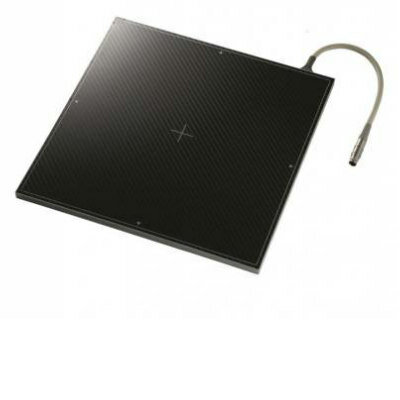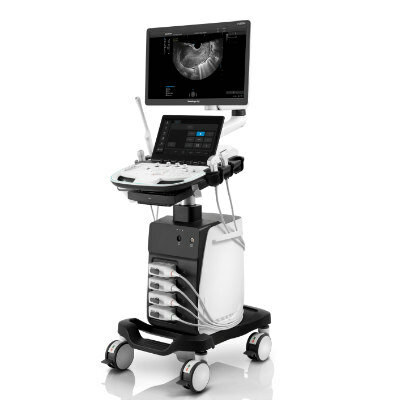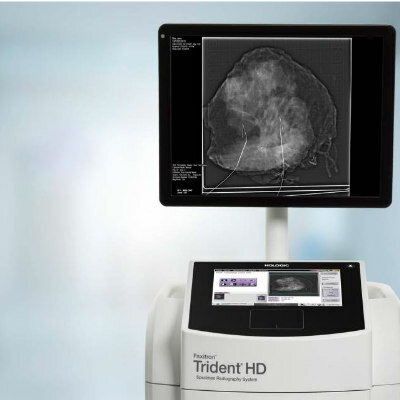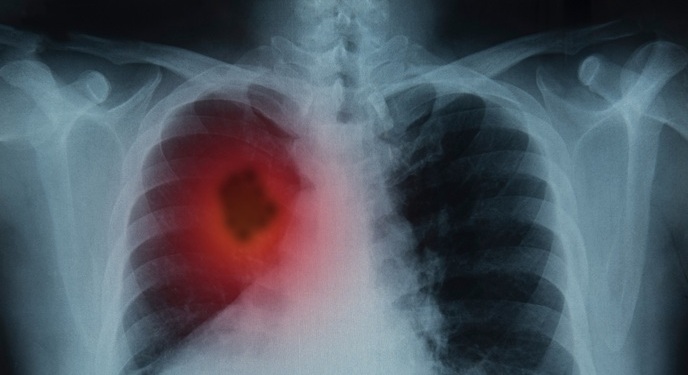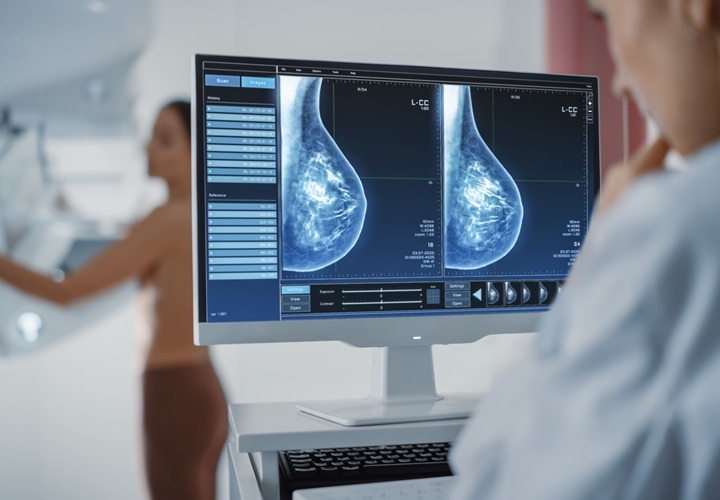Endoscopic Ultrasound Gastroscopes Match Clinical Needs
|
By MedImaging International staff writers Posted on 28 Sep 2020 |
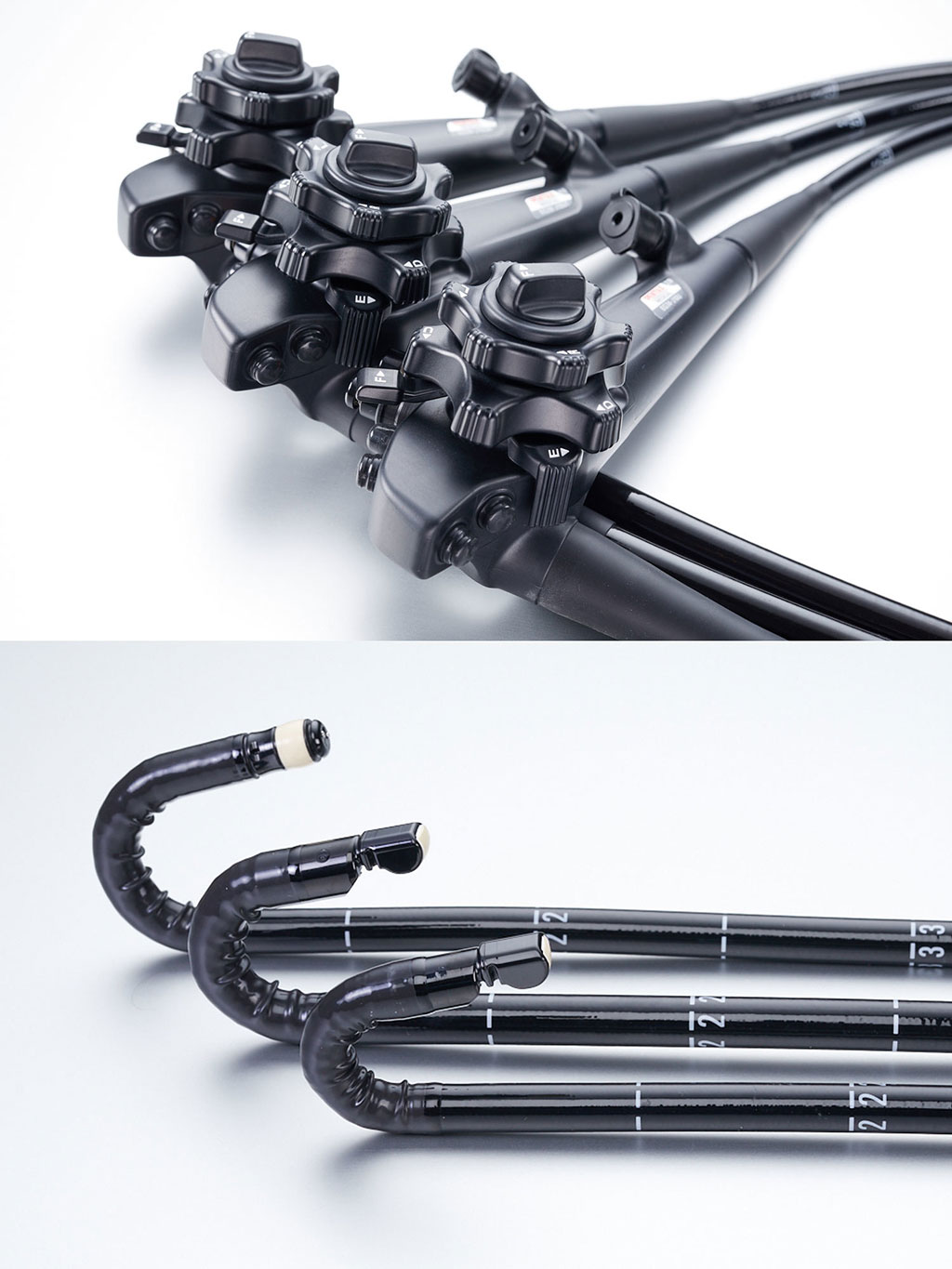
Image: The EG36-J10UR, the EG34-J10U, and EG38-J10UT EUS video gastroscopes (Photo courtesy of Pentax Medical)
A new series of endoscopic ultrasound (EUS) video gastroscopes offer ergonomic design, superior image quality, and enhanced maneuverability.
The Pentax Medical (Tokyo, Japan) J10 Series ultrasound video gastroscopes are designed for optimal procedural efficiency in EUS, providing a lightweight and ergonomic control body that ensures stability and ease of intubation, while reducing hand fatigue. Maneuvering, device control, and instrument compatibility are augmented with shorter rigid distal section lengths, increased tip deflection, smaller bending radius, increased angulations and an enlarged working channel that optimize access to the gastrointestinal (GI) tract.
The J10 Series includes the EG36-J10UR, the EG34-J10U, and the EG38-J10UT devices. Common features include an increased linear scope scan angle of 150° for broader imaging, 13MHz frequency scans for near-field exploration, a depth of field range of 3-100mm, and sealed elevator wire channels to help reduce risk of cross-contamination. The EG38-J10UT also has an enlarged instrument channel width of four mm, expanding the therapeutic capabilities of EUS-guided interventions while providing full control of the procedure.
“Endoscopic Ultrasound is the gold standard for tumor staging and diagnosis and rapidly advancing into therapy. With our newest innovative solution, we have demonstrated a clear commitment in providing enhanced procedural efficiency and optimized patient care,” said Gerald Bottero, global president of PENTAX Medical. “The J10 Series provides an innovative solution for performing endoscopic evaluations, increasing diagnostic capabilities, and determining pathways for effective patient management.”
EUS is a minimally invasive procedure to assess GI and lung diseases, using high-frequency sound waves to produce detailed images of the lining and walls of the GI tract and chest, nearby organs such as the pancreas and liver, and lymph nodes. When combined with fine-needle aspiration (FNS), EUS allows biopsy fluid and tissue samples to be collected as a minimally invasive alternative to exploratory surgery.
The Pentax Medical (Tokyo, Japan) J10 Series ultrasound video gastroscopes are designed for optimal procedural efficiency in EUS, providing a lightweight and ergonomic control body that ensures stability and ease of intubation, while reducing hand fatigue. Maneuvering, device control, and instrument compatibility are augmented with shorter rigid distal section lengths, increased tip deflection, smaller bending radius, increased angulations and an enlarged working channel that optimize access to the gastrointestinal (GI) tract.
The J10 Series includes the EG36-J10UR, the EG34-J10U, and the EG38-J10UT devices. Common features include an increased linear scope scan angle of 150° for broader imaging, 13MHz frequency scans for near-field exploration, a depth of field range of 3-100mm, and sealed elevator wire channels to help reduce risk of cross-contamination. The EG38-J10UT also has an enlarged instrument channel width of four mm, expanding the therapeutic capabilities of EUS-guided interventions while providing full control of the procedure.
“Endoscopic Ultrasound is the gold standard for tumor staging and diagnosis and rapidly advancing into therapy. With our newest innovative solution, we have demonstrated a clear commitment in providing enhanced procedural efficiency and optimized patient care,” said Gerald Bottero, global president of PENTAX Medical. “The J10 Series provides an innovative solution for performing endoscopic evaluations, increasing diagnostic capabilities, and determining pathways for effective patient management.”
EUS is a minimally invasive procedure to assess GI and lung diseases, using high-frequency sound waves to produce detailed images of the lining and walls of the GI tract and chest, nearby organs such as the pancreas and liver, and lymph nodes. When combined with fine-needle aspiration (FNS), EUS allows biopsy fluid and tissue samples to be collected as a minimally invasive alternative to exploratory surgery.
Latest Ultrasound News
- AI Identifies Heart Valve Disease from Common Imaging Test
- Novel Imaging Method Enables Early Diagnosis and Treatment Monitoring of Type 2 Diabetes
- Ultrasound-Based Microscopy Technique to Help Diagnose Small Vessel Diseases
- Smart Ultrasound-Activated Immune Cells Destroy Cancer Cells for Extended Periods
- Tiny Magnetic Robot Takes 3D Scans from Deep Within Body
- High Resolution Ultrasound Speeds Up Prostate Cancer Diagnosis
- World's First Wireless, Handheld, Whole-Body Ultrasound with Single PZT Transducer Makes Imaging More Accessible
- Artificial Intelligence Detects Undiagnosed Liver Disease from Echocardiograms
- Ultrasound Imaging Non-Invasively Tracks Tumor Response to Radiation and Immunotherapy
- AI Improves Detection of Congenital Heart Defects on Routine Prenatal Ultrasounds
- AI Diagnoses Lung Diseases from Ultrasound Videos with 96.57% Accuracy
- New Contrast Agent for Ultrasound Imaging Ensures Affordable and Safer Medical Diagnostics
- Ultrasound-Directed Microbubbles Boost Immune Response Against Tumors
- POC Ultrasound Enhances Early Pregnancy Care and Cuts Emergency Visits
- AI-Based Models Outperform Human Experts at Identifying Ovarian Cancer in Ultrasound Images
- Automated Breast Ultrasound Provides Alternative to Mammography in Low-Resource Settings
Channels
Radiography
view channel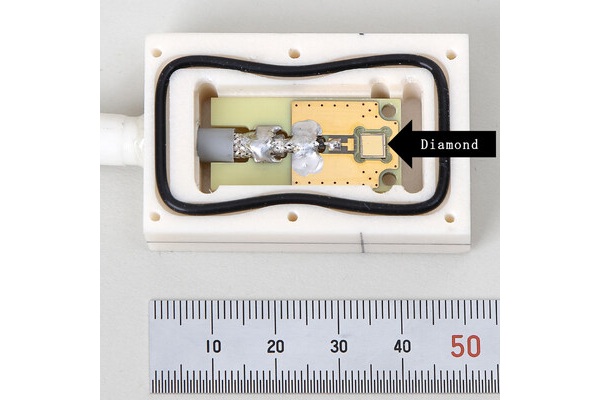
World's Largest Class Single Crystal Diamond Radiation Detector Opens New Possibilities for Diagnostic Imaging
Diamonds possess ideal physical properties for radiation detection, such as exceptional thermal and chemical stability along with a quick response time. Made of carbon with an atomic number of six, diamonds... Read more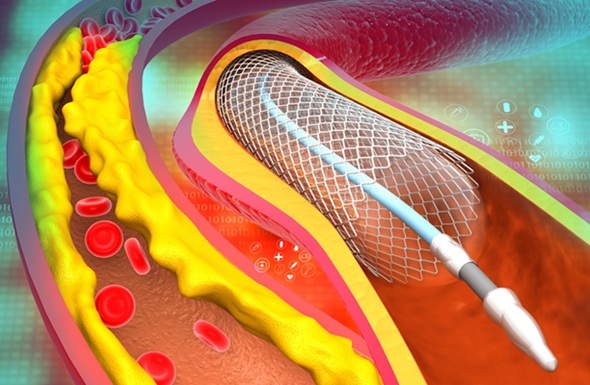
AI-Powered Imaging Technique Shows Promise in Evaluating Patients for PCI
Percutaneous coronary intervention (PCI), also known as coronary angioplasty, is a minimally invasive procedure where small metal tubes called stents are inserted into partially blocked coronary arteries... Read moreMRI
view channel
AI Tool Tracks Effectiveness of Multiple Sclerosis Treatments Using Brain MRI Scans
Multiple sclerosis (MS) is a condition in which the immune system attacks the brain and spinal cord, leading to impairments in movement, sensation, and cognition. Magnetic Resonance Imaging (MRI) markers... Read more
Ultra-Powerful MRI Scans Enable Life-Changing Surgery in Treatment-Resistant Epileptic Patients
Approximately 360,000 individuals in the UK suffer from focal epilepsy, a condition in which seizures spread from one part of the brain. Around a third of these patients experience persistent seizures... Read more
AI-Powered MRI Technology Improves Parkinson’s Diagnoses
Current research shows that the accuracy of diagnosing Parkinson’s disease typically ranges from 55% to 78% within the first five years of assessment. This is partly due to the similarities shared by Parkinson’s... Read more
Biparametric MRI Combined with AI Enhances Detection of Clinically Significant Prostate Cancer
Artificial intelligence (AI) technologies are transforming the way medical images are analyzed, offering unprecedented capabilities in quantitatively extracting features that go beyond traditional visual... Read moreNuclear Medicine
view channel
Novel PET Imaging Approach Offers Never-Before-Seen View of Neuroinflammation
COX-2, an enzyme that plays a key role in brain inflammation, can be significantly upregulated by inflammatory stimuli and neuroexcitation. Researchers suggest that COX-2 density in the brain could serve... Read more
Novel Radiotracer Identifies Biomarker for Triple-Negative Breast Cancer
Triple-negative breast cancer (TNBC), which represents 15-20% of all breast cancer cases, is one of the most aggressive subtypes, with a five-year survival rate of about 40%. Due to its significant heterogeneity... Read moreGeneral/Advanced Imaging
view channel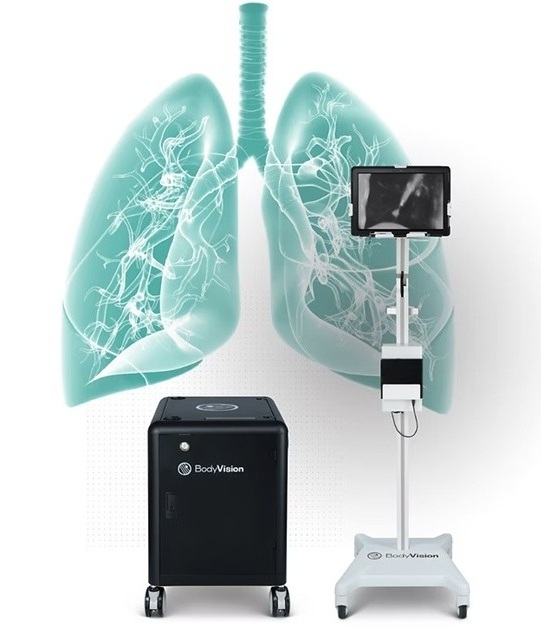
AI-Powered Imaging System Improves Lung Cancer Diagnosis
Given the need to detect lung cancer at earlier stages, there is an increasing need for a definitive diagnostic pathway for patients with suspicious pulmonary nodules. However, obtaining tissue samples... Read more
AI Model Significantly Enhances Low-Dose CT Capabilities
Lung cancer remains one of the most challenging diseases, making early diagnosis vital for effective treatment. Fortunately, advancements in artificial intelligence (AI) are revolutionizing lung cancer... Read moreImaging IT
view channel
New Google Cloud Medical Imaging Suite Makes Imaging Healthcare Data More Accessible
Medical imaging is a critical tool used to diagnose patients, and there are billions of medical images scanned globally each year. Imaging data accounts for about 90% of all healthcare data1 and, until... Read more
Global AI in Medical Diagnostics Market to Be Driven by Demand for Image Recognition in Radiology
The global artificial intelligence (AI) in medical diagnostics market is expanding with early disease detection being one of its key applications and image recognition becoming a compelling consumer proposition... Read moreIndustry News
view channel
GE HealthCare and NVIDIA Collaboration to Reimagine Diagnostic Imaging
GE HealthCare (Chicago, IL, USA) has entered into a collaboration with NVIDIA (Santa Clara, CA, USA), expanding the existing relationship between the two companies to focus on pioneering innovation in... Read more
Patient-Specific 3D-Printed Phantoms Transform CT Imaging
New research has highlighted how anatomically precise, patient-specific 3D-printed phantoms are proving to be scalable, cost-effective, and efficient tools in the development of new CT scan algorithms... Read more
Siemens and Sectra Collaborate on Enhancing Radiology Workflows
Siemens Healthineers (Forchheim, Germany) and Sectra (Linköping, Sweden) have entered into a collaboration aimed at enhancing radiologists' diagnostic capabilities and, in turn, improving patient care... Read more




